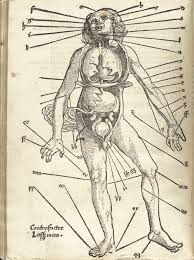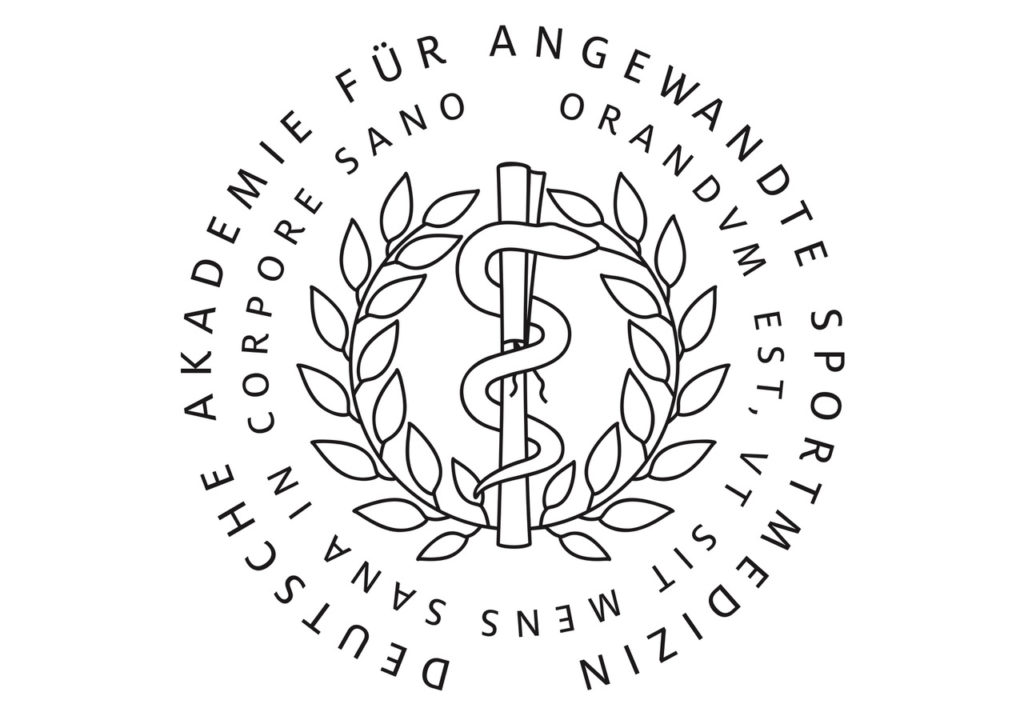Main Menu
Latest Blog Entry
User login
10 things Sports Science has taught us in the last decade
“Accurate observations of human nature hold true no matter their age.”
Tom Kurz (in his guest blog about coach observation).
I am of the view that pseudoscience is only repeating what we already know or suspect. However, conscious that I may be a luddite, I asked Matt Brookland to come up with 10 things it has taught us in the last decade:
 Sports science or should I say the science behind physical exercise can trace its origins to ancient Greece, where the physician Galen (131–201) wrote 87 detailed essays about improving health (proper nutrition), aerobic fitness, and strengthening muscles.
Sports science or should I say the science behind physical exercise can trace its origins to ancient Greece, where the physician Galen (131–201) wrote 87 detailed essays about improving health (proper nutrition), aerobic fitness, and strengthening muscles.
Although it has been around for hundreds if not thousands of years, it has really only taken off recently.
With regards to the question, it is an interesting one and therefore I should define exactly what I mean by the following comments. It is the facts and interventions that have improved the performance of athletes, be it technological or performance that I am detailing below:
1 Altitude training doesn’t work –
Physical de-conditioning can occur and sometimes adaptations can take months to take effect. It is actually better to live at altitude and train at sea level.
2 Practical application by professional organisations –
Sports Science is not thought of as a fad, there are real facts to back up what is being said. People do not now just listen to their body; they listen to hard quantitative facts as well.
3 You can now tell when a player is more likely to get injured –
Jack Wilshere having played so many games during the 2010-2011 season that he could not attend the under 21 European championships.
4 Dynamic stretching before an event instead of static stretching –
It has been shown to reduce power output in some studies although static stretching should still be carried out to increase flexibility.
5 Use of inertial sensors to determine human movement –
Instead of using cameras or researchers to look and analyse movements, these sensors can give measurements from inside joints for example.
6 Video/ computer analysis –
To see exactly where players move during performance and the use of statistics of opponents that were not available before. This technology can track individual players throughout an entire match.
7 Eye vision technology –
Athletes can now see exactly where they are looking. Research has also shown that teaching someone where to look and knowing where to look during certain competitions can determine the difference between experts and novices, this is prevalent within golf putting.
8 Gold standards for testing –
British Association of Sport and Exercise Sciences (BASES) has determined certain tests and brackets for certain levels of performance.
9 Kinesiology tape to stabilize muscles and joints –
Although tape has been around for decades, this new technique of stabilizing and pain relief is quite new, with some high profile users being noticeable for its use.
10 3D tracking of a ball during play –
Very apt as Wimbledon is taking place, but having the ability track a ball once hit by either a racket or a bat has enabled us to know exactly where it would land or end up. Hawk eye is in constant use in both tennis and cricket.
There are some very interesting facts detailed above, whereas others may just be slightly common sense. Over the last decade sports science has given us both technical and performance innovation.
Improving equipment, analysis as well as understanding for coaches alike has created this. I do wonder what this fast paced industry sector will enable us to talk about in another ten years?
I have included the references below and so you can do a little more in depth reading. Please feel free to comment.
References
- http://physiotherapy.curtin.edu.au/resources/educational- resources/exphys/00/altitude.cfm.
- http://news.bbc.co.uk/sport1/hi/football/13653177.stm
- Yamaguchi, T., Ishii, K. Effects of static stretching for 30 seconds and dynamic stretching on leg extension power. J. Strength Cond. Res. Aug; 19(3):677-83. 2005 3
- http://www.mdpi.com/1424-8220/10/12/11556/pdf
- http://www.prozonesports.com/index.html
- http://thedanplan.com
- http://www.bases.org.uk/About
- http://www.hawkeyeinnovations.co.uk/
Client Testimonials
 German Academy of Applied Sports Medicine (DAASM)
German Academy of Applied Sports Medicine (DAASM)
James Marshall is a master of his field. He knows how to turn a big audience hall into a small seminar setting, where he picks everyone up. One of the finest invited speakers DAASM has ever had the privilege to announce. Dr. Dr. Homayun Gharavi Founder & President of DAASM
More

